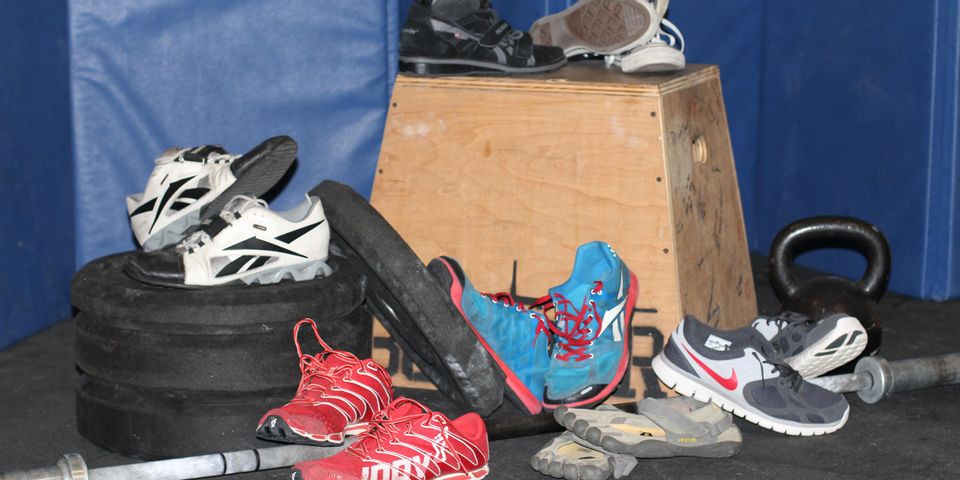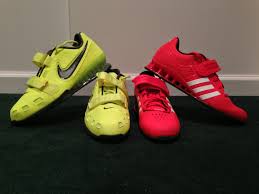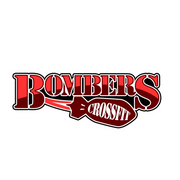Choosing the Right Shoe -- Part IV, Weightlifting Shoes

In today’s market there are hundreds if not thousands of different shoe choices to fit your workout needs. Each shoe boasts that its brand is best, and it can provide you with a better workout experience. While the manufactures can argue back and forth and spend millions of dollars into advertising I will try to help you to put one foot in front of the other and start a journey into choosing the right shoe for you. Each type of shoe has positives and negatives, and hopefully I can help you determine which shoe would be best for you.
Weightlifting Shoes
In Part IV of this series we will discuss Weightlifting Shoes. These shoes are a specialty shoe. They are designed to increase performance while executing weightlifting movements such as Cleans, Snatches, Squats, Presses and multiple other lifts. When I say speciality shoe, that is exactly what I mean. These shoes are meant for the unique propose of weightlifting.

Weightlifting shoes give the athlete an extremely stable, rock-solid base. These shoes are designed around providing that solid base; the shoe typically has a .75 inch heel usually constructed from wood or hard plastic. Also weightlifting shoes incorporate Velcro straps in addition to laces to further lock the lifter into the shoe, thus creating a more stable, solid base.
The raised heel on a weightlifting shoe allows for greater ranges of motion in squatting and pulling due to the less range of motion required in the ankle. The limits of ankle flexibility tend to limit many athletes in their positioning.
Weightlifting shoes are unmatched in their usefulness while executing weightlifting movements. It is recommended by most weightlifting shoe manufactures that their shoes are not to be worn for anything other than weightlifting. Jumping and running can damage the shoes. These shoes also tend to be a bit pricey for a single use item.
| PRO | CON |
| Extremely Stable | Limited Uses |
| Solid | Limited Cushioning |
| Increases Performance | Pricey |
About the Business
Have a question? Ask the experts!
Send your question

